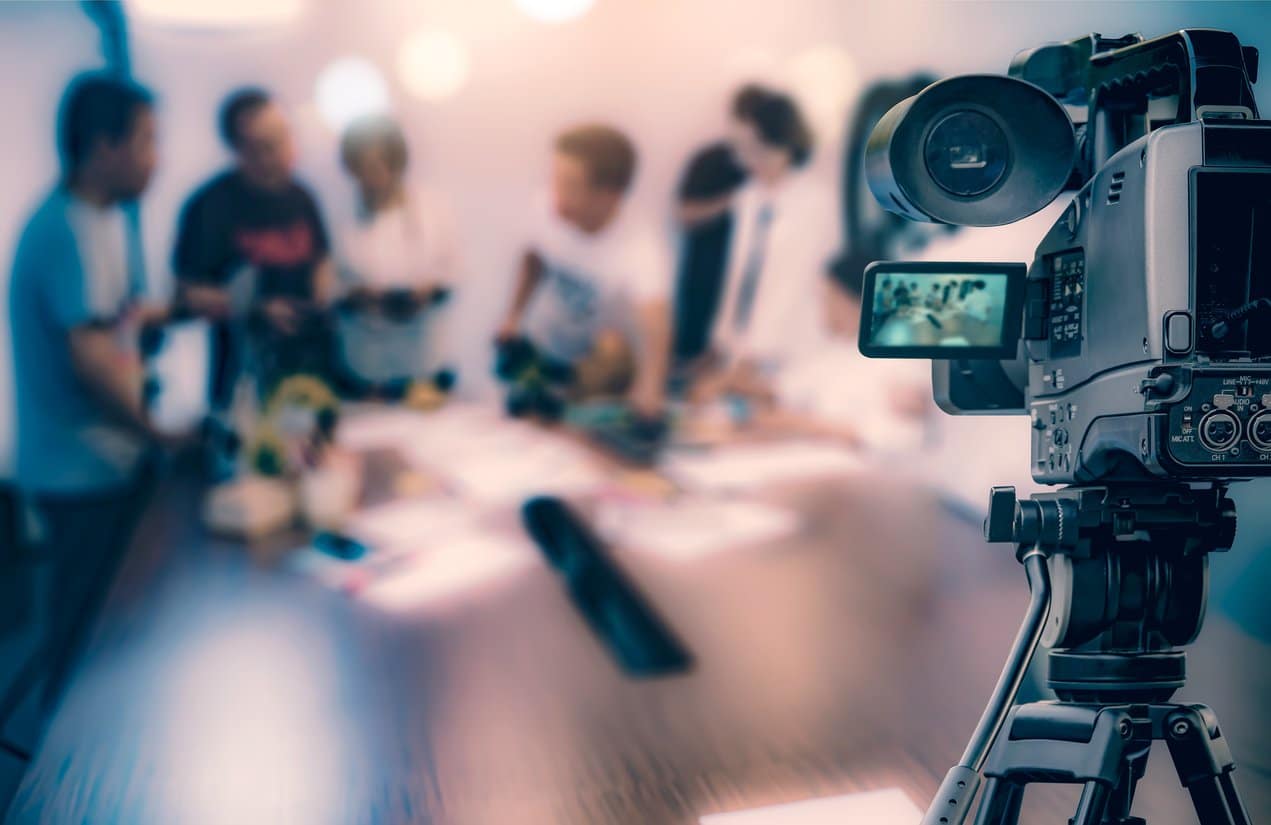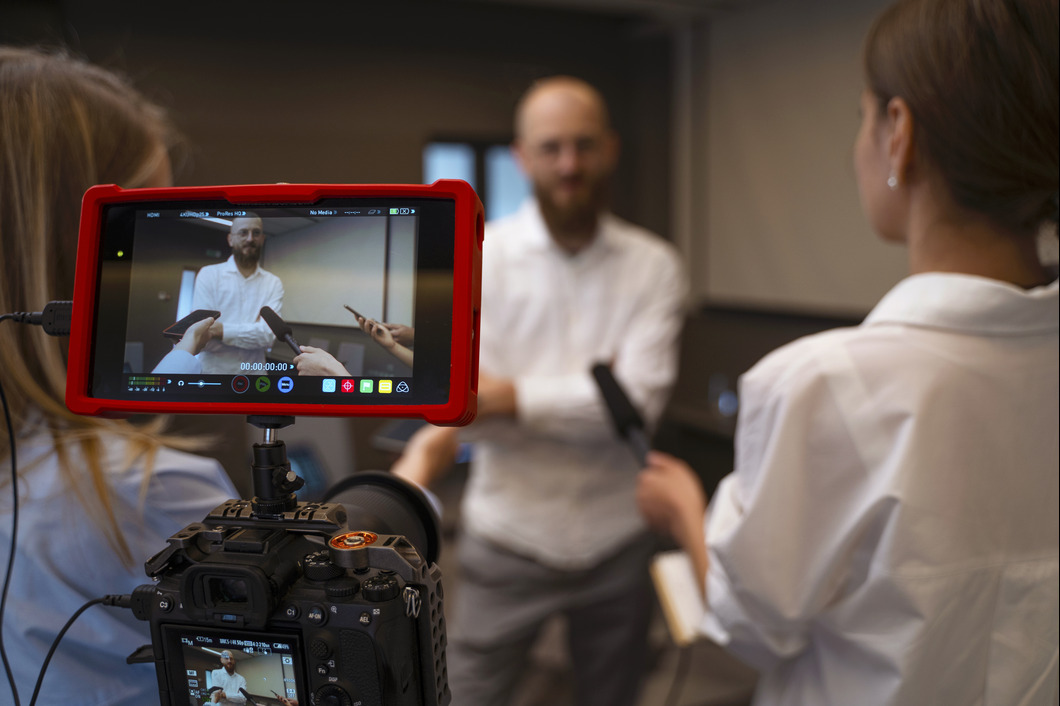The Value of Legal Videography for Capturing Critical Evidence
The Value of Legal Videography for Capturing Critical Evidence
Blog Article
Understanding the Value of Videography in Legal Procedures
The assimilation of videography right into lawful procedures has become a substantial consider the discussion and interpretation of evidence. By catching aesthetic elements such as body language and facial expressions, videography enhances the narrative surrounding witness testimonies and can exceptionally affect jury assumptions. As the legal landscape advances, comprehending its effects on reputation and clearness ends up being important for attorneys. What best practices should be embraced to maximize its performance, and just how might future developments improve this critical facet of the judicial process?
Role of Videography in Proof
Videography plays a progressively critical role in lawful proceedings, functioning as an effective tool for presenting proof. The integration of video recordings into the lawful framework enables a more vibrant representation of realities, enabling judges and jurors to picture occasions as they took place. This visual documentation can encompass a range of materials, consisting of monitoring video, videotaped witness statements, and expert demos, all of which can considerably boost the evidentiary landscape.
One of the primary advantages of videography is its capacity to record nuances that might be lost in composed accounts. Face expressions, body language, and situational context can supply essential understandings, helping to communicate emotions and objectives that message alone can not. Moreover, using video clip proof promotes an extra interesting court room experience, possibly aiding jurors in understanding complicated situations.
As innovation developments, the high quality and ease of access of videographic proof have actually improved, making it an essential component of contemporary lawful practices. Courts significantly recognize the worth of video clip as a reputable resource of details, triggering attorneys to adjust their strategies for proof discussion. Inevitably, videography serves not just to highlight facts yet also to improve the general honesty of the judicial process.

Enhancing Trustworthiness and Quality
A significant advantage of including videography in lawful proceedings is its ability to improve both trustworthiness and quality of evidence presented in court. Videographic proof can catch nuances that created papers might forget, such as tone, body movement, and context. This graph permits courts and courts to better understand the conditions bordering the situation, therefore fostering a more accurate understanding of the events in question.

In addition, the quality managed by videography decreases the likelihood of false impression that can occur from textual summaries. This accuracy is specifically important in complex cases, where details can be quickly misinterpreted. Inevitably, by providing proof in an aesthetically accessible format, videography not only strengthens the stability of the judicial process however likewise sustains educated decision-making by those involved in legal process.
Influence On Court Assumption
The inclusion of videographic proof significantly affects jury assumption, usually causing much more involved and notified considerations. Jurors are usually a lot more responsive to visual information, which can improve their understanding of complex situations. Videography provides facts in a manner that is both compelling and easily accessible, enabling jurors to attach with the evidence on an extra personal degree.
Furthermore, the ability to witness events as they took place can evoke psychological responses that composed transcripts or verbal testimonies might fall short to generate. This helpful resources emotional involvement can lead jurors to develop stronger opinions relating to the trustworthiness of witnesses and the general story of the instance. The aesthetic depiction of proof additionally aids in clearing up ambiguities, making it much easier for jurors to realize the context and significance of the details provided.
Additionally, videography can act as a powerful tool for narration, enabling attorneys to construct a convincing narrative that resonates with the court. When jurors can visualize situations and witness key minutes, their capacity to purposeful thoughtfully and get to an educated decision is significantly enhanced, eventually influencing the end result of lawful procedures.
Finest Practices for Legal Videography
Carrying out finest practices in lawful videography is crucial for ensuring that visual evidence is both qualified and efficient in the court room. Select certified specialists that specialize in lawful videography to make sure the technical top quality of the recordings. This includes making use of high-resolution cameras and professional sound equipment to record clear visuals and sound.
Second, keep proper documents throughout the recording process. This entails creating a detailed log that consists of timestamps, descriptions of the material, and the identifications of all individuals present. Such documentation can strengthen the authenticity of the video.

Additionally, take into consideration the usage of appropriate editing techniques. While it is my latest blog post important to preserve the original material, small adjustments for clearness-- such as enhancing audio levels-- can enhance the general discussion without changing the material.
Future Trends in Legal Videography
As legal videography remains to evolve, arising modern technologies and methods are shaping the future landscape of visual proof in the court (Legal Videography). One considerable pattern is the integration of high-definition and 4K video high quality, boosting the clearness and detail of tape-recorded testimonies and proof. This better resolution aids jurors in comprehensively evaluating the reliability of witnesses and the nuances of the here and now materials
In addition, the use of expert system (AI) in video evaluation is gaining traction. AI devices can assist in recognizing vital minutes in video footage, generating records, and even evaluating non-verbal interaction, which gives much deeper insights right into witness trustworthiness. Digital truth (VR) and augmented truth (AR) are positioned to reinvent exactly how proof is provided, allowing jurors to immerse themselves in criminal site here activity scenes or circumstances, consequently promoting a more extensive understanding of the context.
Conclusion
In recap, videography serves as an essential device in legal proceedings, enhancing the discussion of proof and improving the overall understanding of cases. By capturing non-verbal cues and strengthening the trustworthiness of witness accounts, videography substantially affects jury assumption and decision-making processes - Legal Videography. Complying with ideal techniques makes certain the efficiency of lawful videography, while emerging trends promise to more increase its function in the judicial system, eventually cultivating a more informed and engaged legal environment
Videography plays an increasingly important role in legal process, serving as an effective medium for offering evidence.A significant advantage of incorporating videography in legal process is its ability to boost both trustworthiness and clearness of proof presented in court. Ultimately, by presenting evidence in an aesthetically available format, videography not just strengthens the honesty of the judicial process however also sustains enlightened decision-making by those entailed in legal proceedings.
In recap, videography offers as an important device in legal procedures, improving the discussion of proof and enriching the total understanding of instances. Legal Videography. Adhering to ideal practices makes certain the performance of lawful videography, while arising trends promise to additional increase its role in the judicial system, ultimately promoting a much more informed and engaged lawful environment
Report this page